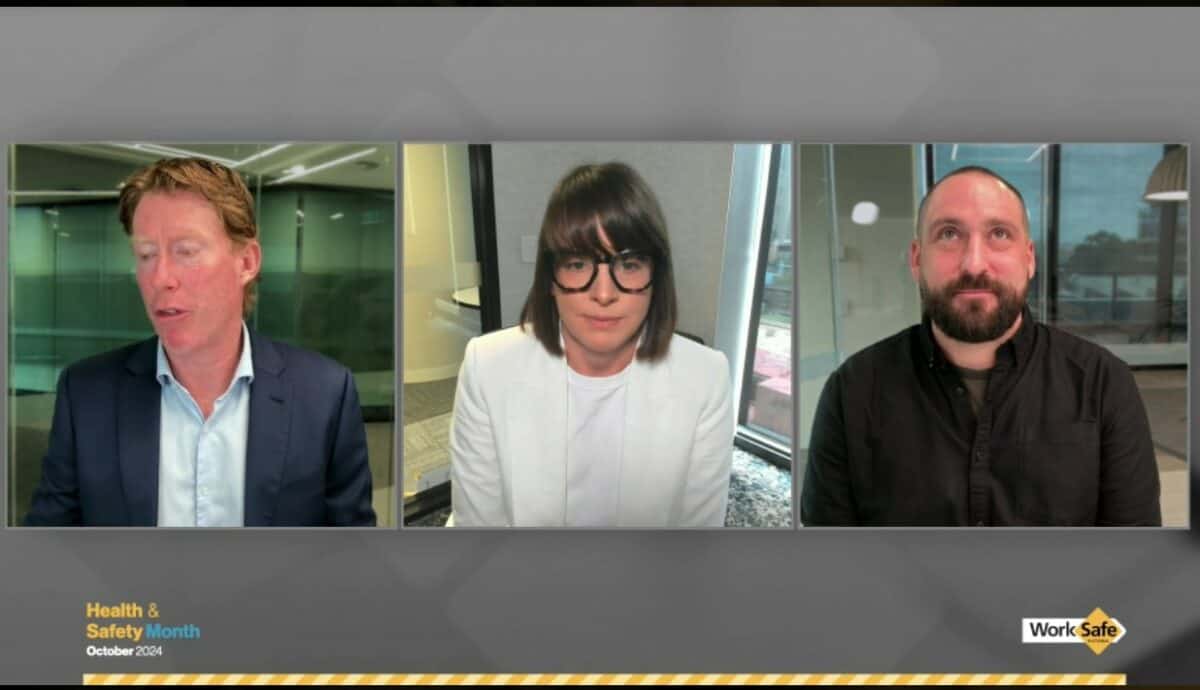To understand one’s profession, one must find out how others see it. You may think your actions are vital to the world’s survival, but if others think you are full of shit, you need to revise your strategy. Occupational health and safety (OHS) has a strong sense of its importance but is often seen by others as a nuisance, even when acknowledging its legitimacy.
The Australian Labour Law Association (ALLA) recently held its national conference in Geelong, Victoria. The conference was a curious beast.







